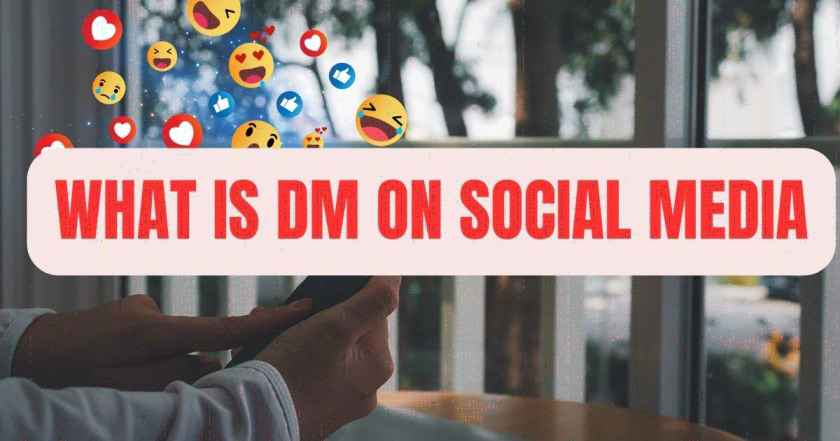What is DM in Social Media?
- DM in social media means Direct Messaging.
In the rapidly evolving landscape of digital communication, Direct Messaging (DM) has become a ubiquitous feature across various social media platforms. DM refers to the private exchange of messages between users, providing a more intimate and personalized form of communication compared to public posts or comments. This article explores the significance, evolution, and impact of DM on social media, delving into its functionalities and implications for users.
1. Evolution of Direct Messaging
Direct Messaging has evolved significantly since its inception, with early platforms introducing basic messaging features that allowed users to send private text messages. Over time, the functionality has expanded to include multimedia elements such as photos, videos, voice messages, and even interactive features like stickers and GIFs. The evolution reflects a growing demand for richer and more dynamic forms of private communication within the social media sphere.
2. Key Features of DM: a. Text-Based Communication
The fundamental aspect of DM involves exchanging text messages privately. Users can engage in one-on-one conversations or create group chats for more collaborative discussions. b. Multimedia Sharing: DM has transcended simple text exchanges, enabling users to share a wide array of multimedia content seamlessly. This includes photos, videos, audio messages, and other interactive elements, enhancing the overall user experience. c. Real-Time Interaction: Unlike traditional mail or email, DM on social media platforms often allows for real-time communication. This instantaneous nature fosters quicker responses and more dynamic conversations, making it a preferred mode of communication for many users. d. Read Receipts and Typing Indicators: Many platforms incorporate read receipts and typing indicators, providing users with information on whether their message has been seen and if the other party is currently typing. These features add transparency and enhance the sense of immediacy in conversations.
3. Privacy and Security Considerations
a. End-to-End Encryption: In response to growing concerns about privacy, some social media platforms have implemented end-to-end encryption for DMs. This ensures that only the intended recipient can decipher the messages, bolstering user confidence in the security of their private communications.
b. Controlled Visibility: Users often have the ability to control who can send them DMs, with options to limit messages to friends only or open communication to a broader audience. This feature empowers users to manage their online interactions and reduce the risk of unsolicited messages or harassment.
c. Disappearing Messages: Some platforms offer the option of sending disappearing messages, where the content vanishes after a set period. This feature caters to users seeking a more ephemeral form of communication, aligning with the desire for increased privacy in certain conversations.
4. Impact on Social Interaction
a. Facilitating Personal Connections: DM plays a crucial role in fostering personal connections by providing a private space for more intimate conversations. This has redefined the way people maintain relationships, bridging geographical gaps and facilitating communication in real-time.
b. Enhancing Business Communication: Beyond personal interactions, DM has become a vital tool for businesses to engage with their audience. Brands utilize DMs for customer support, product inquiries, and even direct marketing, leveraging the immediacy and personalization it offers.
c. Influencing Social Dynamics: The rise of DM has influenced social dynamics by allowing users to curate their online interactions more selectively. This has implications for both personal relationships and professional networking, as individuals can choose the level of accessibility and intimacy they maintain online.








